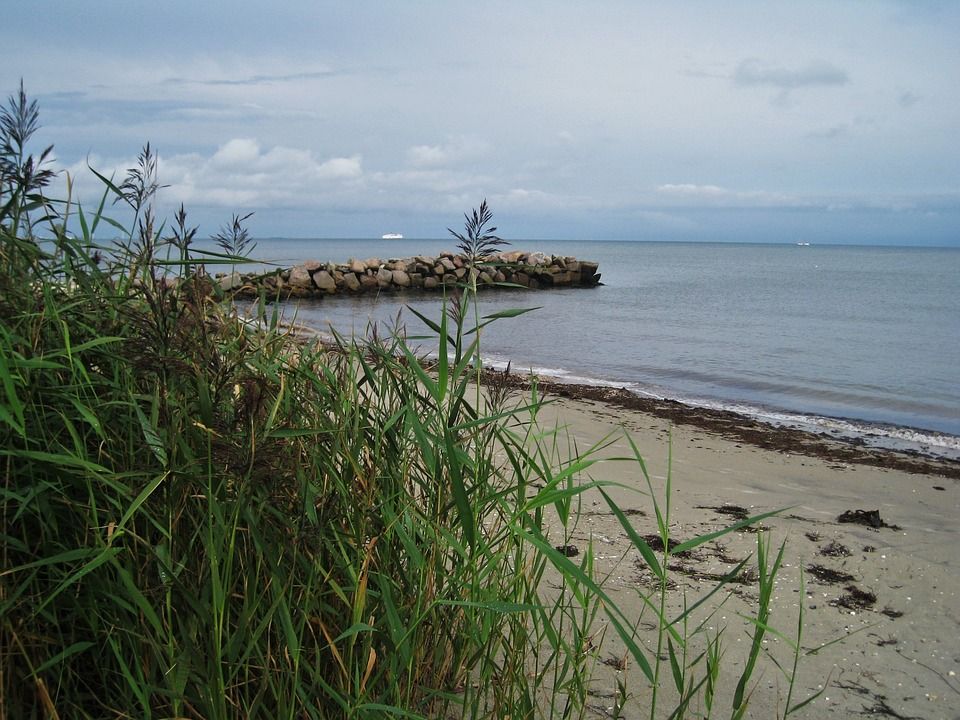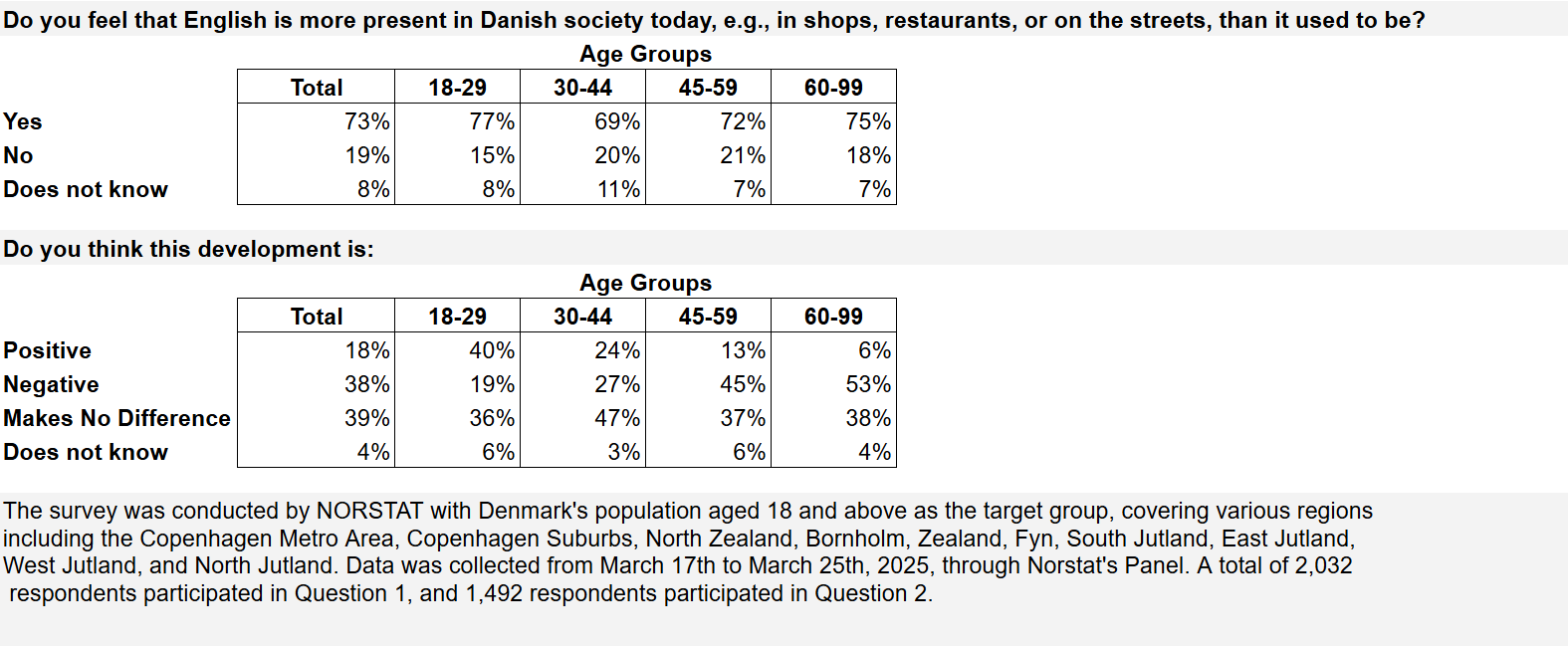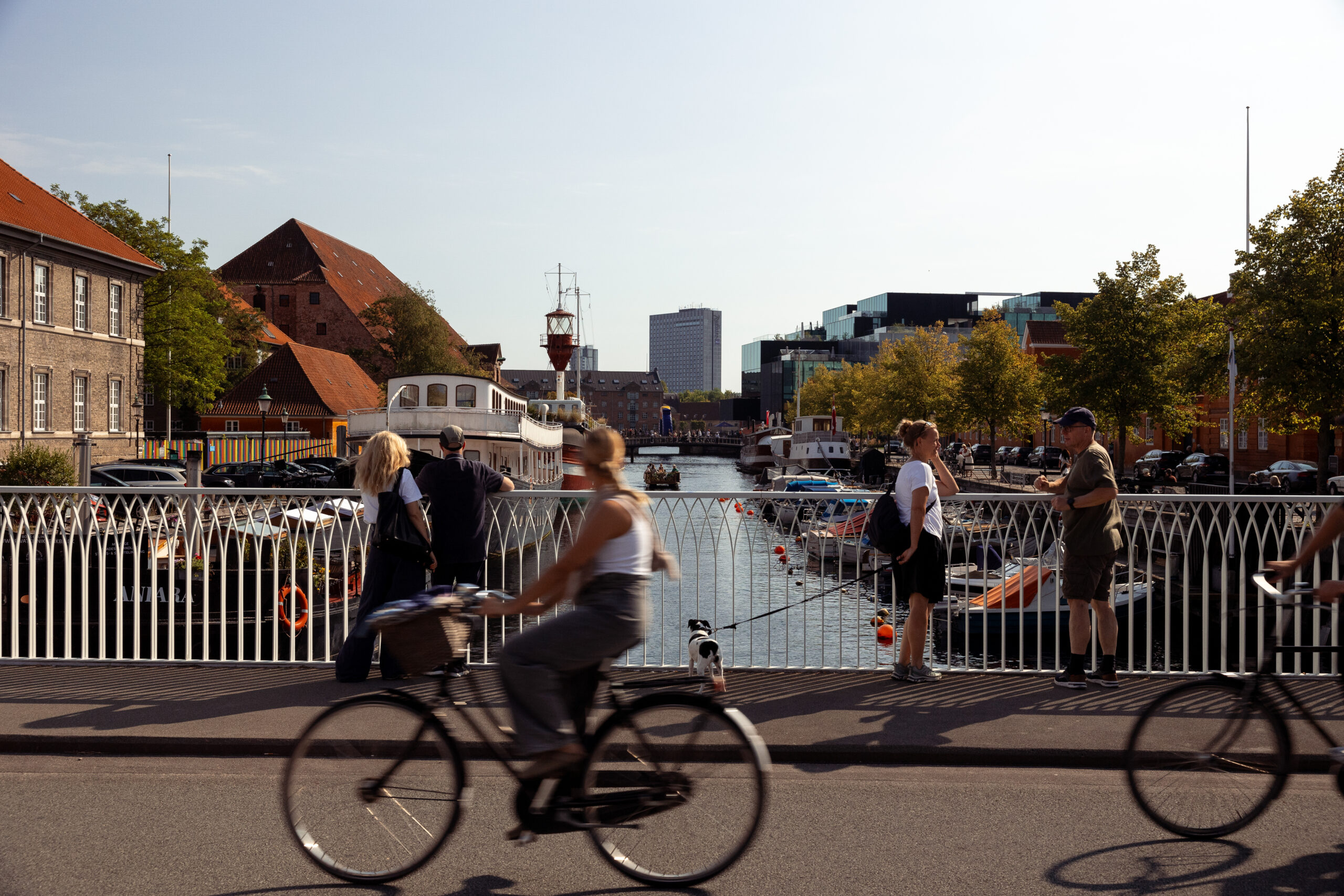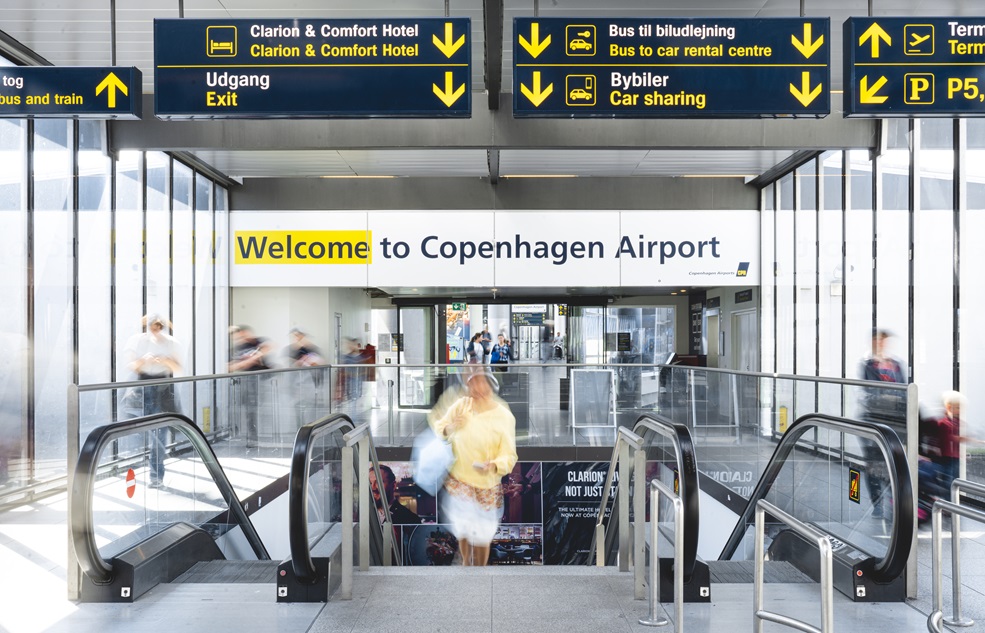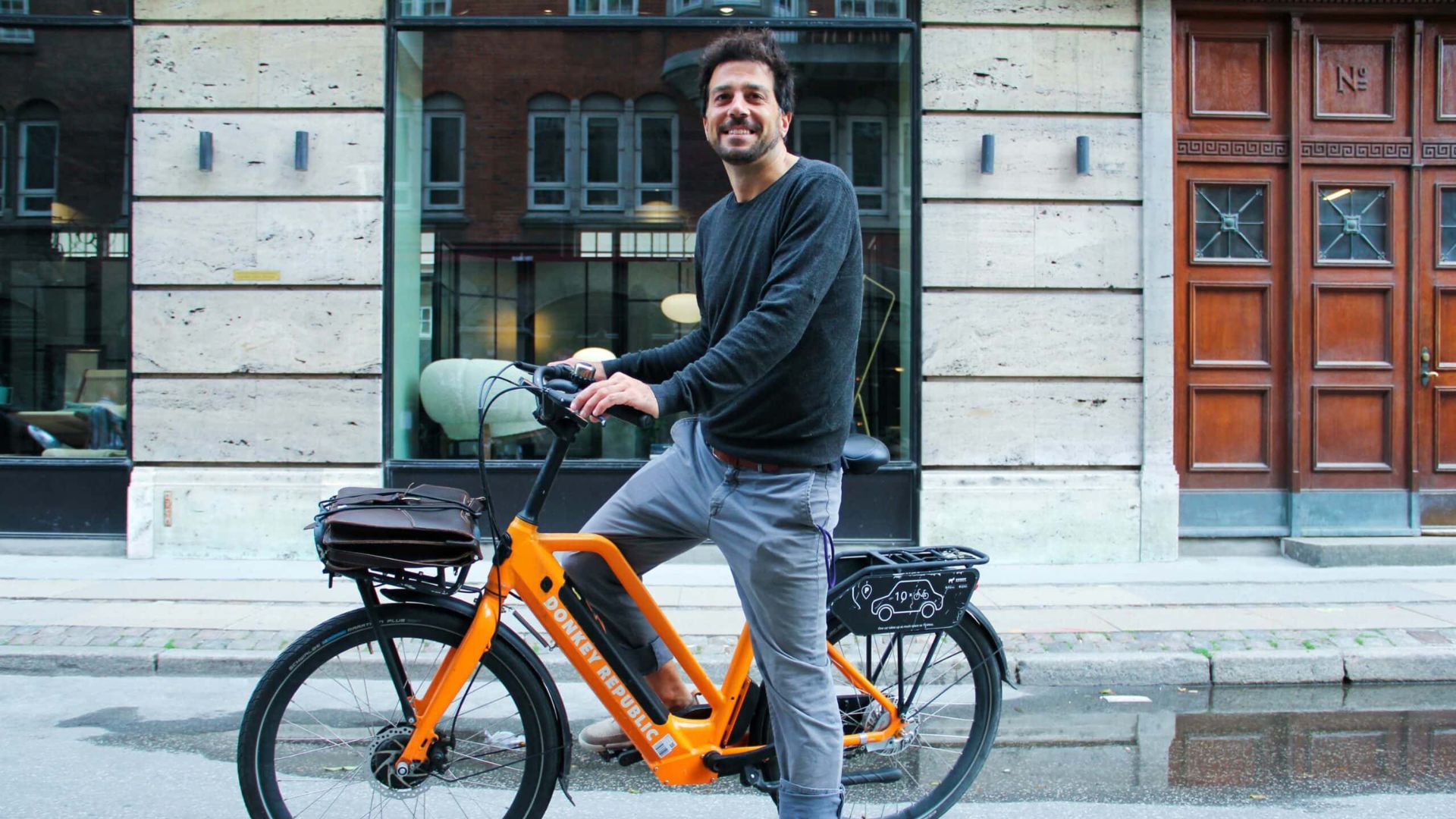The long-discussed Kattegat connection that would offer a more northern link between Jutland and Zealand is on the government’s agenda for the coming year.
The transport minister, Ole Birk Olesen, has revealed government plans to set aside 60 million kroner, as part of its 2019 budget proposal, for a preliminary study that will evaluate the viability of the project.
“The potential of a Kattegat connection is immense and if calculations confirm that it can be realised through user payments, it’s clear that advancing to a preliminary report as soon as possible is the way forward,” said Olesen.
READ MORE: New investor in the wings for Kattegat bridge project
Single or combined?
Aside from being user-financed, the preliminary report will also look into the cost details of the connection being purely a road link, as well as a combined road-rail link.
Earlier Transport Ministry calculations indicated that a combined link could not solely be financed by users, but the Kattegat Committee, a group of investors and mayors, later announced that a large private investor will come up with an offer for a combined bridge later in the year.
If approved, the preliminary report will probably take two to three years, after which an environmental VVM investigation with be launched to form the final grounds for a decision about the connection.
Aalborg link looming
In related news, Aalborg Municipality has offered to kick in 600 million kroner to help the state finance another Limfjord Fjord link.
A new connection across the water has been a high priority for Aalborg and north Jutland for some time now due to congestion issues in the Limfjord tunnel.
The 600 million kroner being offered by Aalborg Municipality is about one tenth of the estimated 6.2 billion kroner it would cost to build a third link across the fjord.

